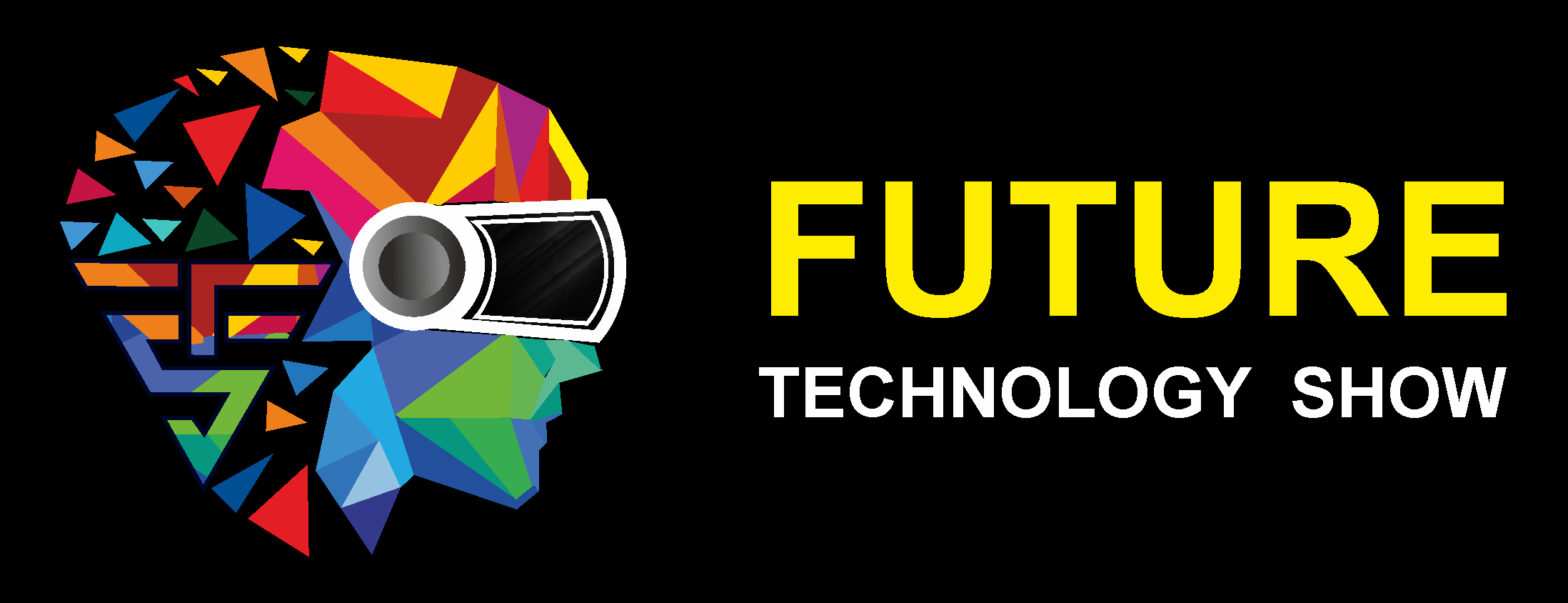New Charging Algorithm Promises to Double Lifespan of Lithium-Ion Batteries

In the realm of energy storage, lithium-ion batteries have long been hailed as a practical and efficient solution. However, as technology advances, their limitations have become increasingly evident. Now, a team of European researchers has unveiled a groundbreaking charging algorithm that promises to address these limitations and significantly extend the lifespan of lithium-ion batteries.
Understanding the Challenge
Despite their widespread use in electric vehicles and electronic devices, lithium-ion batteries suffer from degradation over time, particularly as a result of continuous recharge cycles. This degradation is attributed to the thickening of the solid electrolyte interface (SEI) on the anode and the development of cracks in electrode structures, leading to a loss of capacity and performance.
The Innovative Solution
To combat this issue, researchers from Helmholtz-Zentrum Berlin (HZB) and Humboldt University in Berlin have developed an alternative charging solution known as pulsed current (PC) charging. Unlike conventional constant current (CC) charging methods, PC charging delivers current to the electrolyte materials in a pulsating manner, resulting in a thinner SEI interface and fewer structural changes in the electrodes.
Unveiling the Benefits
Through extensive experimentation conducted at Europe’s leading synchrotron facilities, “BESSY II” and “PETRA III,” the researchers observed significant improvements in battery performance with PC charging. Specifically, they noted a more homogeneous distribution of lithium ions in the graphite electrodes, which reduced mechanical stress and cracking. Additionally, the protocol demonstrated the ability to suppress structural degradation in the cathode material, NMC532.
Optimizing Performance
The study revealed that high-frequency pulsing with square-wave current yielded the most promising results. Tests indicated that PC charging could potentially double the service life of commercial lithium-ion batteries while retaining up to 80 percent of their capacity—a remarkable achievement that could revolutionize the industry.
Implications for the Future
The implications of this breakthrough charging algorithm are profound. By mitigating the ageing effects of continuous recharge cycles, PC charging has the potential to transform the reliability and longevity of lithium-ion batteries. This, in turn, could lead to advancements in various sectors, from transportation to consumer electronics, paving the way for more sustainable and efficient energy storage solutions.
Looking Ahead
As researchers continue to refine and optimize the PC charging protocol, its widespread adoption could usher in a new era of battery technology. With further development, this innovative approach may become the standard practice in battery management, offering consumers and industries alike a more reliable and durable energy storage solution.
Conclusion
The development of the pulsed current charging algorithm represents a significant milestone in the evolution of lithium-ion battery technology. By addressing the fundamental challenges associated with continuous recharge cycles, this innovative solution has the potential to unlock new possibilities in energy storage and power delivery, shaping the future of technology and sustainability.
Written By:-
